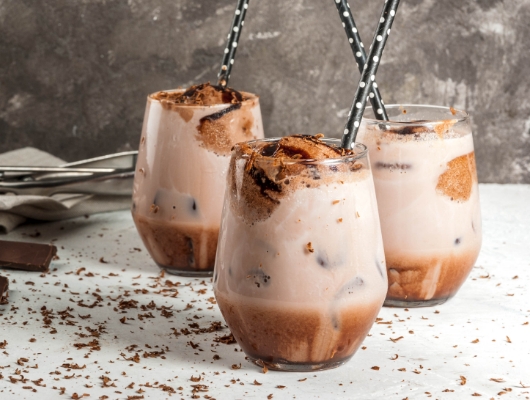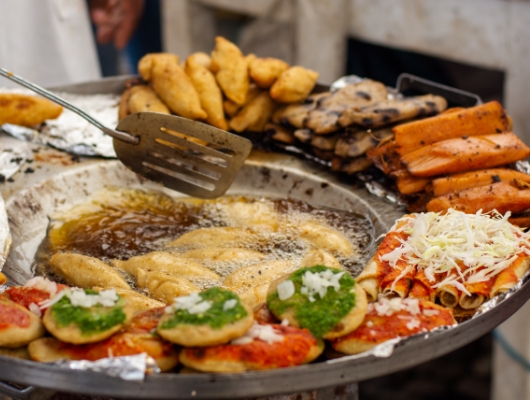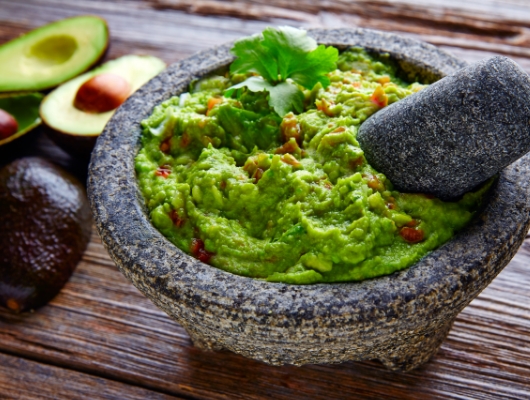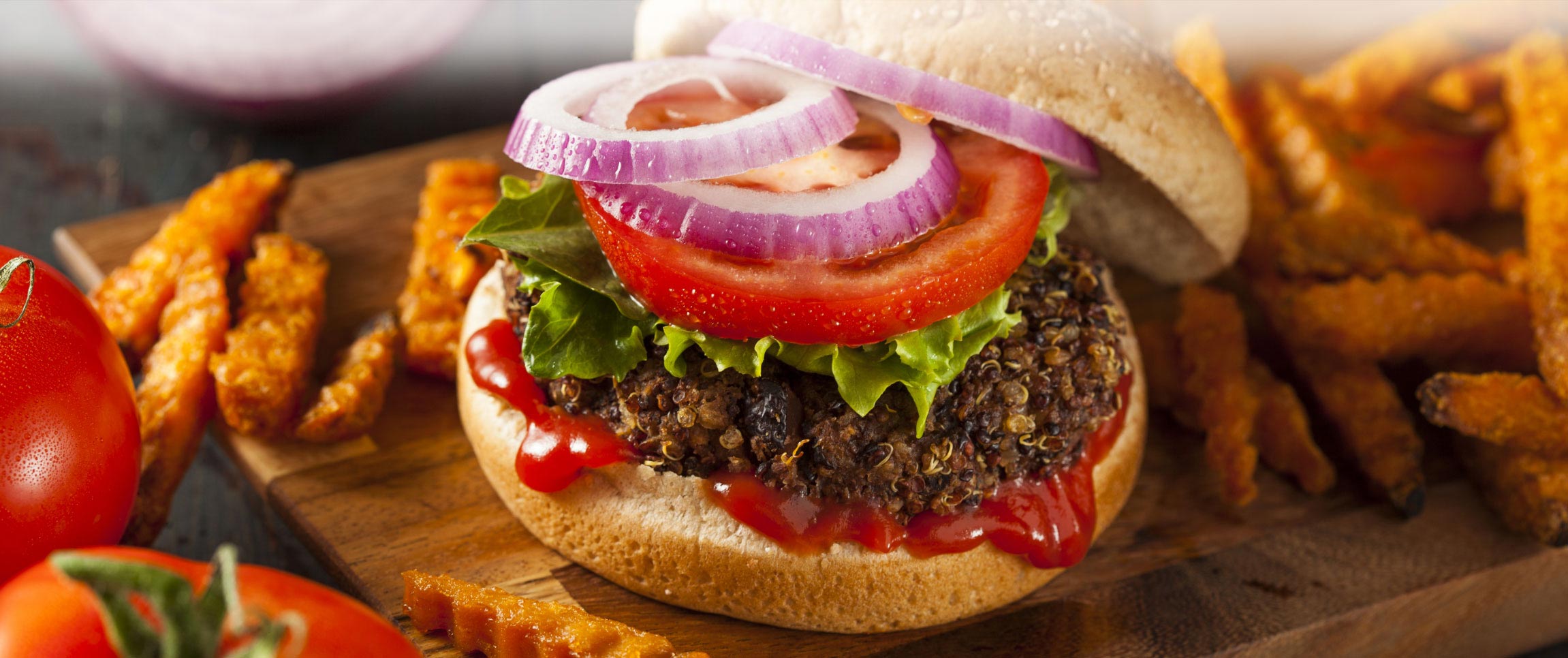Dense and filling, plus high in protein, black bean patties make for an excellent burger without the meat. They are also a great vehicle for customizing the taste, from herbaceous and fresh with cilantro to jacked up on spices with cayenne or peppers like poblano. The key to a good black bean burger is texture and a lot of that is driven by moisture control—from both what type of beans you use and what ingredients you add to the mix.
Canned West Creek® Black Beans are probably the most simple to use, they also contain the most moisture. This limits what you can add to the patty. Onions and peppers could create a soggy mess, so canned bean patties are better when mixed with drier ingredients. Dried spices and herbs can help you make a signature flavor while adding no additional moisture, but might not get you to the right texture you desire. Breadcrumbs will lower the moisture content and add some texture but then your patty will no longer be gluten free - brown rice, coconut or almond flour are some of the gluten free options that could be used instead of breadcrumbs. Similarly, eggs as binder will render the patty not friendly to vegans.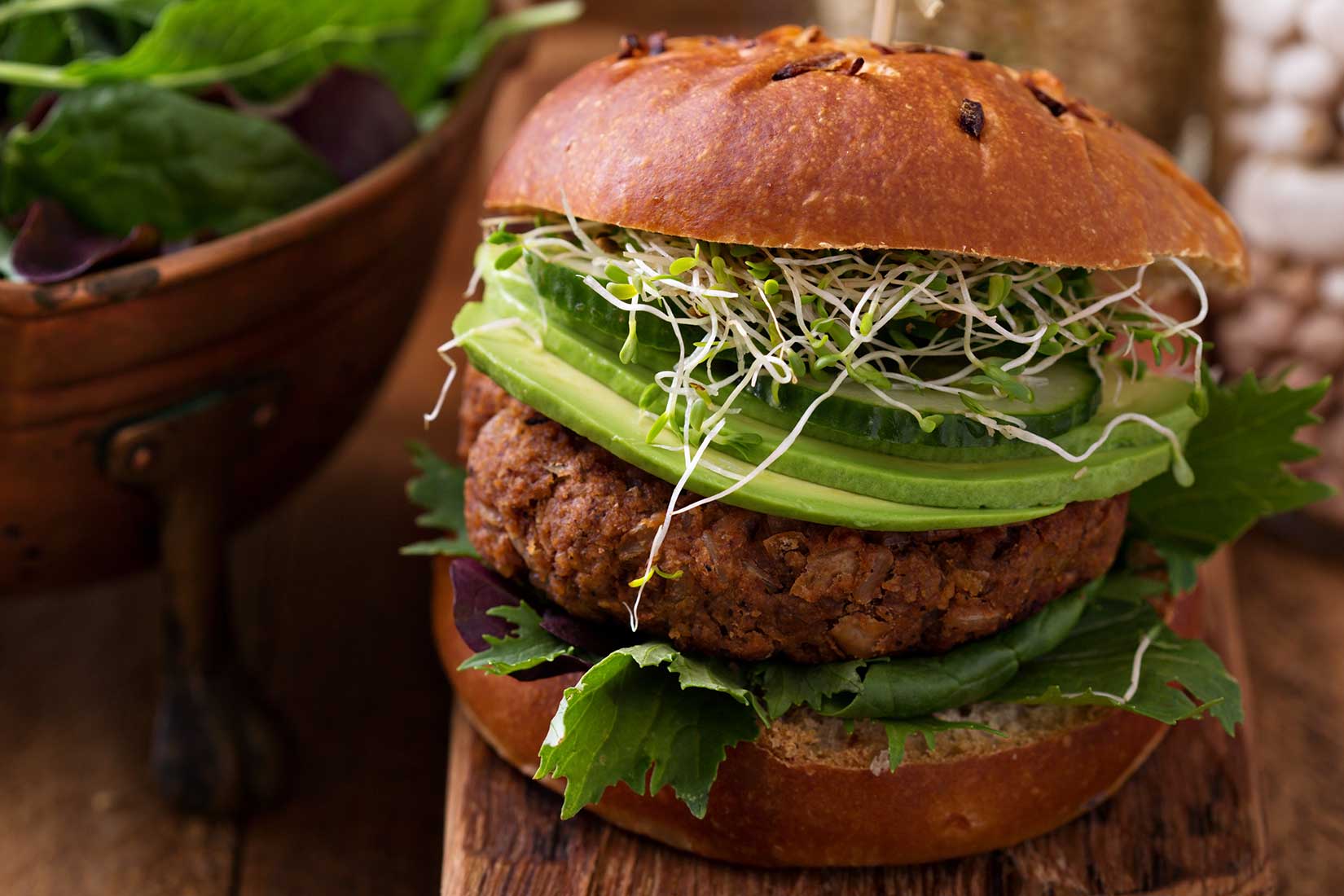 Dried black beans are the other main way to go, especially if you’re watching cost control. Soaked for 4-5 hours and fully drained, you’ll have a firm bean that after being pulsed in a food processor won’t bring as much liquid to the party and can handle onions, peppers, and even cheese as additional ingredients while maintaining an appealing texture. The firmer, less moist beans will even soak up the moisture, and flavor, from fresh herbs like cilantro, thyme, or even basil. Some do say that the dried beans don’t quite impart the same flavor as the canned ones, so more spices might be necessary using this preparation.
Dried black beans are the other main way to go, especially if you’re watching cost control. Soaked for 4-5 hours and fully drained, you’ll have a firm bean that after being pulsed in a food processor won’t bring as much liquid to the party and can handle onions, peppers, and even cheese as additional ingredients while maintaining an appealing texture. The firmer, less moist beans will even soak up the moisture, and flavor, from fresh herbs like cilantro, thyme, or even basil. Some do say that the dried beans don’t quite impart the same flavor as the canned ones, so more spices might be necessary using this preparation.If costs aren’t a major concern, you can choose a third option: drying canned beans in the oven. Spreading the canned beans out onto a sheet pan then placing in a convection oven will reduce the moisture and add a little heft to the texture. Hand mashing is also preferred over a food processor, a rougher mix has better mouth and eye appeal than a smooth blend - especially for the extra ingredients like the onions and peppers which you want to stand out in the patty.
Another trick to help add texture, chopped cashews. Slightly soft, yet still adding a little heft, cashews help impart a more desirable mouth feel to even the softest patty. Just remember to list it in the ingredients on the menu lest someone with a nut allergy order it by accident.
Black beans are the traditional way to go but it doesn’t have to be the only way. Red kidney beans can work, as do garbanzo. Or you can mix a variety of beans, from navy to pinto, to achieve the color and flavor you’re looking for. If there’s a problem binding it all together and you’re trying to avoid egg, roast sweet potatoes and mash them up. Added to the bean mixture, they’ll impart a little sweetness and bright color while helping to keep that patty intact.
An alternative to beans are lentils. Brown or orange lentils are fine, but the firmer French green lentil might be a better choice. Don’t overcook so you can mix the mashed lentils with chopped spinach or kale, both of which will add moisture, before adding in cumin or other fragrant Indian spices for a deep, rich finished patty.
Finally, cooking the patty. Don’t treat it like a burger and hit it with high heat. It will burn and char before cooking all the way through. Beans require a softer touch, over medium heat, to slowly form a crust that is slightly crunchy and not reminiscent of a hockey puck. Grilling is fine, but a better, more even result from a griddle. Top the finished product just like you would a traditional burger, even offer extras like cheese or even bacon. Because, weirdly, bacon is excellent on top of that bean patty.
